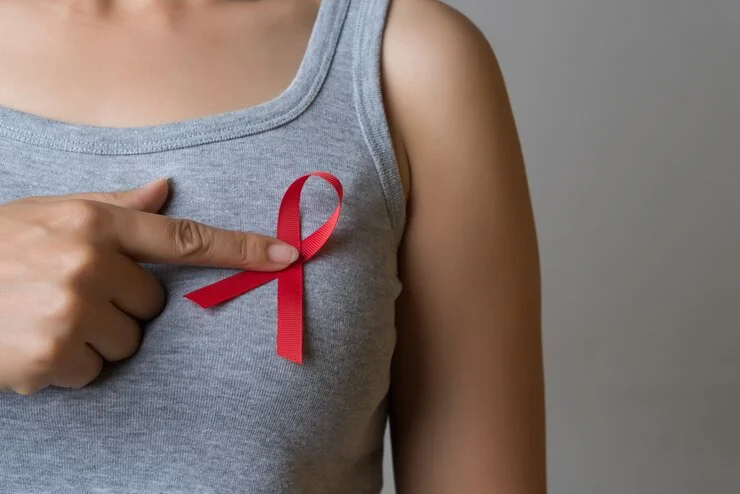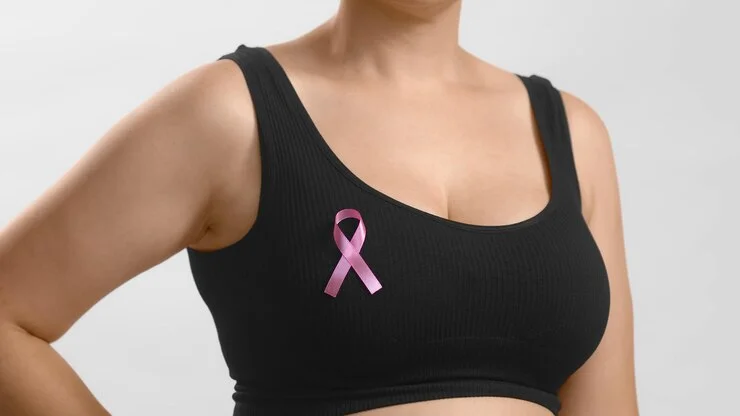-
BP Poddar Hospital
BP Poddar Hospital

Understanding the types of breast biopsies is crucial in diagnosing breast cancer. Learn about the procedures, their benefits, and how to choose the right one for your health.

Breast cancer is among the most common cancers affecting women globally. Early detection and precise diagnosis are critical in improving outcomes and saving lives. A breast biopsy is one of the most effective tools to determine whether a breast abnormality is benign or cancerous. However, there’s no one-size-fits-all approach when it comes to biopsies. With various types of breast biopsies available, each tailored for specific needs, understanding them can help you make informed decisions about your health.
In this article, we’ll explore the different types of breast biopsies, their benefits, and when they are typically recommended. By the end, you’ll have a clear understanding of which biopsy might be the right one for your situation.
A breast biopsy is often recommended when imaging tests, such as mammograms, ultrasounds, or MRIs, reveal abnormalities in breast tissue. These abnormalities could include:
The goal of a breast biopsy is to extract tissue or fluid from the suspicious area for examination under a microscope. This helps determine whether the abnormality is benign (non-cancerous), malignant (cancerous), or precancerous.
Not all breast biopsies are the same. Different techniques are used depending on the location, size, and type of abnormality. Below are the most commonly performed types of breast biopsies.
Fine Needle Aspiration is the least invasive type of breast biopsy. It uses a thin needle to extract cells or fluid from a lump.
A core needle biopsy is one of the most commonly performed types of breast biopsies. It involves using a thicker needle to extract tissue samples from a suspicious area.
Stereotactic biopsies use mammography to guide the needle to the exact location of the abnormality, particularly for those that are not palpable or are visible only on imaging.
In this method, a hollow probe connected to a vacuum device removes multiple tissue samples in one insertion.
Surgical biopsies are the most invasive type, often performed in cases where other biopsy methods cannot provide a definitive diagnosis.
If You Want to Know More About The Crucial Role of Breast Biopsy in Breast Cancer Surgery then you can visit here

The choice of the type of breast biopsy depends on several factors, including:
Your healthcare provider will guide you in selecting the most suitable biopsy based on these factors.
Preparation for a breast biopsy is relatively simple, but a few steps can make the process smoother:
Results are usually available within a few days, but your doctor will inform you of the timeline.

Most biopsies are performed under local anesthesia, so you will likely feel only mild discomfort or pressure.
While rare, potential risks include bleeding, infection, or bruising. These are usually minor and easily managed.
Recovery times vary based on the type of biopsy. Most patients return to normal activities within a day or two.
There is no evidence to suggest that a breast biopsy causes cancer to spread.
Biopsies are highly accurate and are considered the gold standard for diagnosing breast abnormalities.
Choosing the right types of breast biopsies ensures accurate diagnosis and helps create an effective treatment plan. This step is critical for early detection and better outcomes in breast health care.
Understanding the different types of breast biopsies can help alleviate anxiety and empower you to make informed decisions about your health. Each type has its purpose, and your doctor will work with you to choose the most appropriate option based on your specific condition.
For expert guidance and compassionate care, consulting with the best surgical oncologist in Kolkata can make a significant difference. With the right knowledge and support, you can take charge of your health journey confidently.

January 30, 2025

January 29, 2025

January 28, 2025